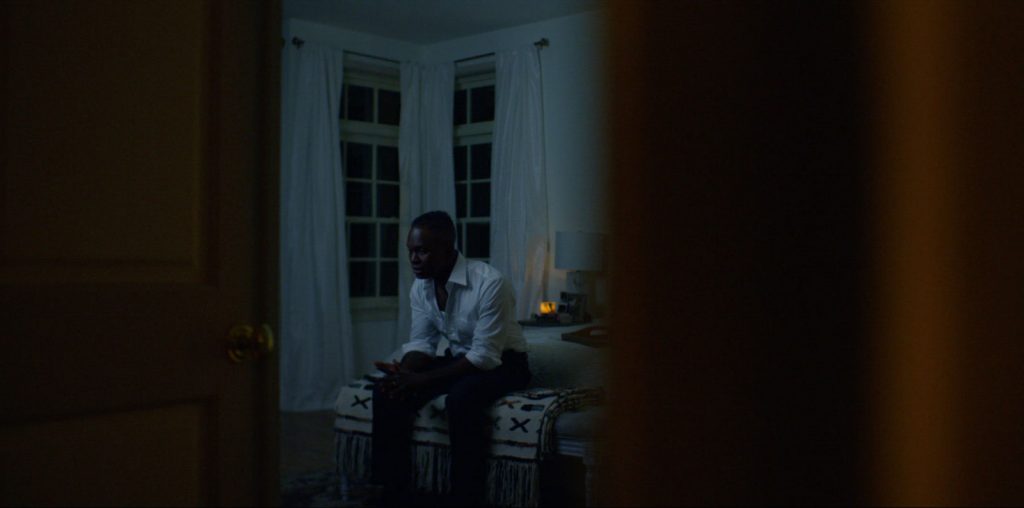
A brief aside before I get to the review: Spanish songs are a lot prettier when you don’t read their decidedly un-poetic subtitled translations. I bring this up only because music plays such a prominent — in fact, too prominent — role in Alan Govenar’s sprawling documentary “The Devil’s Swing.” The film thoroughly examines a unique region in southwest Texas known as La Junta de los Rios; (the junction of the rivers). Located between Ojinaga, Mexico and Presidio, Texas, this sparsely guarded segment of the U.S.-Mexican border bears a surprisingly close resemblance to its American-Canadian counterpart. Locals from both countries regularly, if still illegally, splash across the shallow Rio Grande here to work, shop and play in each other’s back yard. As a result, the residents of this region have put themselves in an unusual situation: As denizens of both countries, they don’t really feel like citizens of either. It’s this duality that Govenar doggedly returns to each time the film spirals off on a tangent. Through extensive interviews, invariably supplemented by tons of music, “The Devil’s Swing” juxtaposes the evils of local drug lords with their good deeds, for instance, or contrasts Mexico’s devout Catholicism with its persistent native rituals in order to deftly demonstrate the reality of life in a border town. This would have made an exceptional fifty-five minute PBS or TLC documentary. Unfortunately, Govenar simply tries to cover too much ground here. All too often, he strays from his central premise or lingers on a point too long. Briefly touching on the native faith healer instead of dwelling on him performing his entire ritual, for example, or shortening the tour of the Sierra de la Santa Cruz, the mountain where the Devil supposedly swings, would have sharpened the film’s focus considerably. Additionally, the historical segment on Pancho Villa, while interesting, could be another documentary in its own right, as could the segment on the 1997 shooting death of Esequiel Hernandez by U.S. Marines. This latter tragedy, while demonstrating the changing, more militarized conditions along the entire border, nonetheless feels like a blatant tag-on. And did I mention there’s too much music? In spite of these problems, “The Devil’s Swing” is still an interesting and intelligent look at an overlooked regional backwater. It’s just a shame that it’s not as tight as it could be.

